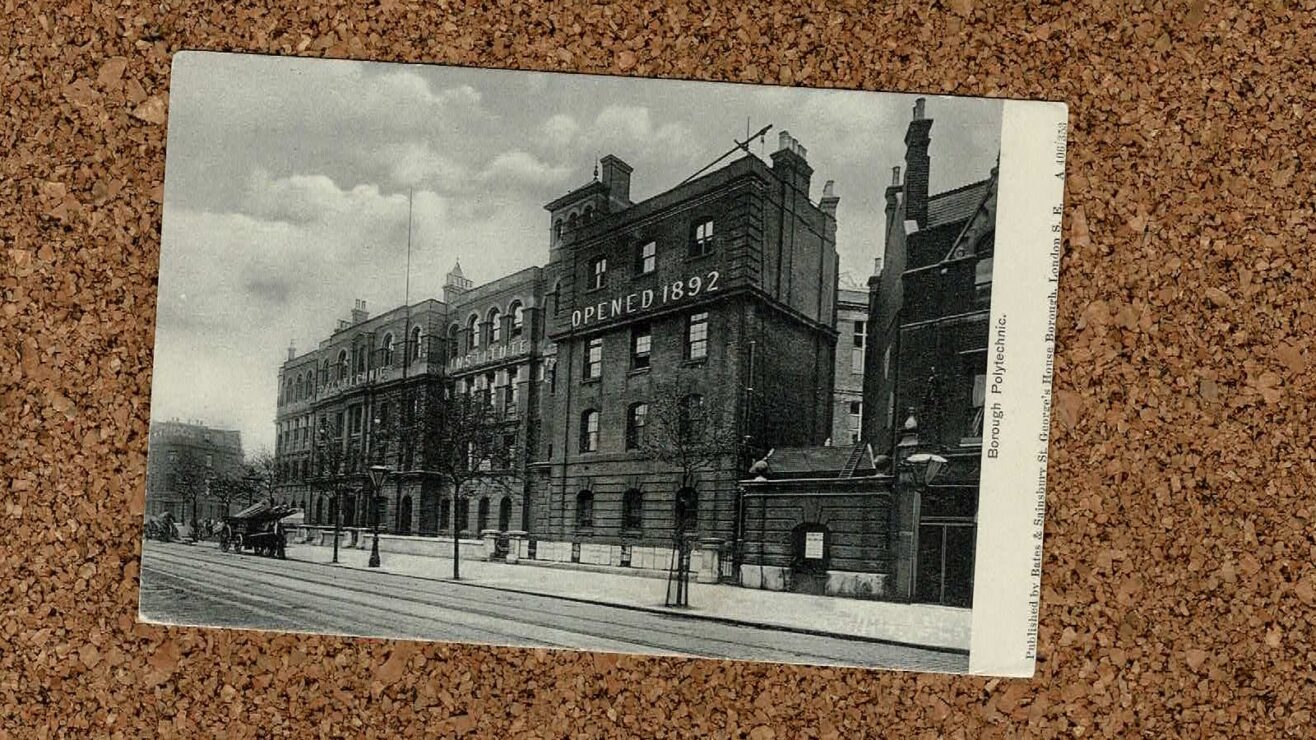It’s a good time to be an applicant in the UK. Despite falls in both applications and acceptances, the odds of getting into higher education are the highest they’ve been in nine years. Overall applications across the UK decreased by 3.1% (18,220 applications) to 572,285 applications since last year, and acceptances are down by 0.5% to 462,945. Nonetheless, over three-quarters of applicants were accepted into higher education.
UCAS’ bumper four-part end-of-cycle report for 2017 admissions takes us through patterns by geographic location, age, nation of domicile, and subject – alongside analysis of access among different social and ethnic groups. Here, I’ve tried to round up the winners, the losers and the most interesting outcomes of the 2017 admissions cycle for UK higher education.
Highest number of 18 year-olds in HE, but a fall among older age groups
Both the number and proportion of 18-year-olds accessing higher education in the 2017 admissions cycle were the highest they’ve ever been. 282,380 18 year-olds applied to higher education, up 0.5% on last year, and 241,585 were accepted (+1.1%), all despite a fall in the UK 18-year-old population.
This is very much an England-driven trend. While as many as one in three 18 year-olds domiciled in England were accepted into higher education last year, numbers for Northern Ireland and Wales fell 2.4% and 2.1%, respectively. Acceptances among Scottish 18 year-olds remained unchanged.
The overall decline in UK acceptances has come from a decline in the numbers of those from older age groups entering HE: The number of 19 year-olds applying to higher education fell 5.2% on last year, while numbers for those aged 21-25 and over 25 fell 7% and 9.8%, respectively. It is the second consecutive year that enrolments of 19 year-olds have fallen.The trend of ever-greater numbers of 18 year-olds enrolling in higher education goes some way towards explaining this. As a general trend, if more students enrol at 18, fewer will then be left to enrol at 19.
Scotland was the only nation where acceptances for older applicants increased compared with last year, whereas the greatest decrease (of 2.9%) was seen in Northern Ireland. With one in six UK applicants aged 21 and over applying to nursing courses, the overall numbers for older applicants are affected significantly by a 23% fall in applicants to nursing courses earlier this year.
Acceptances to medium- and lower-tariff providers changed slightly
Across the sector, there has not been much change in the typical academic profile of those accepted. However, the data suggest that lower-tariff providers are shrinking in size, while medium-tariff providers are expanding. Acceptances to lower-tariff providers fell by 5.4% on last year, whereas those to medium-tariff providers increased by 2.3%. Acceptances to higher-tariff providers were broadly unchanged.
Falling numbers of applications and acceptances at lower grade profiles for BTECs make a significant contribution to the trend among lower-tariff providers. The expansion of medium-tariff providers could be partially explained by their moving into the traditional territory of the lower-tariff providers, without notable changes in the academic profiles of the students that they accept.
This has been suspected for some time but this data is stark, with serious consequences for some providers.
Changing grade profile of applicants receiving unconditional offers
Applicants with the highest predicted grades were the least likely to receive unconditional offers last year. However, one in five applicants that were predicted grades in the mid-range, from BBC to ABB, received an unconditional offer – a big jump from the last time UCAS measured the nature of unconditional offer-making in 2015.
Older students with grades already achieved (rather than predicted) are typically more likely to receive unconditional offers, however, the number of 18 year-olds receiving unconditional offers has increased in England, Northern Ireland and Wales. Unconditional offers still make up only a small proportion of overall offers at 5.3%, but this varied greatly between institutions. A sample of the biggest 140 institutions suggests that the proportion of offers made that were unconditional varied from 1% to around 20%, with the latter providers typically offering places to students with a mid-range grade profile.
Again this trend has been emerging for some time but this new data illustrates the surge in unconditional offers.
Fewer EU acceptances offset by rise in non-EU international acceptances
The number of non-UK applicants accepted into UK higher education institutions continued its year-on-year rise to 70,945 – the highest figure yet and an increase of 1.8% on last year. Within this statistic, 2.1% (650) fewer EU applicants were accepted this year, but acceptances of non-EU international applicants increased by a notable 5% (1,900 acceptances), bolstering total international figures.
Acceptances may have fallen but applications fell further, causing across-the-board increases in acceptance rates, for applicants of all domiciles. More UK applicants were accepted into higher education. with a success rate of 80.9% – up 2.1 percentage points on last year – while EU and non-EU applicants had an increase in acceptance rates of 60% (1.4 percentage points) and 52.7% (1.1 percentage points) respectively.
The extra non-EU acceptances are focused in specific countries: the lion’s share is from China, with 1,225 more applications than last year (+15%) making a total of 9,200 – by far the highest of any non-EU country. Notable increases were also recorded from the US and India, up 245 (+15% ) and 200 (+12%) applications, respectively.
Are Scottish institutions swapping EU students for Scottish students?
The number of students entering Scottish universities is at 34,830, the highest figure on record, and a 3% increase on last year. The umber of people from the EU accepted at Scottish providers has fallen after last year’s reported increase, and by a notable proportion at that. There was a 10% drop (to 4,175) in the number of EU students accepted at Scottish universities, but a 4.3% increase (to 3,520) in numbers of international students from non-EU countries. The figures stand out further given the long-term trend of increases in EU students accepted into Scottish higher education institutions.
A possible explanation for the simultaneous fall in the number of EU students and rise in the number of Scottish students refers to Scotland’s joint cap covering students from Scotland and the EU. The changing proportions of both have a similar effect to an exchange of EU students for Scottish students by providers in Scotland.
Numbers used in reference to Scotland must be taken with a pinch of salt. A large proportion of entry to Scottish providers doesn’t come through UCAS, and as such about a third of people that access higher education in Scotland fall outside of data provided in the end-of-cycle reports. The applicants in question are typically Scottish-domiciled and studying for higher education qualifications at further education providers in Scotland.
Equality
Entry rates for all quintiles of advantage – as denominated by the multiple equality measure (MEM) – have increased. However, the size of the gaps between MEM groups remains largely unchanged. The gap in equality of representation continues to narrow, as it has every year since 2009, however it is still 9.8 times more likely for an applicant from the most privileged quintile to enter a high-tariff provider than one from the most disadvantaged. The gaps tend to be smaller at medium- and lower-tariff providers.
18-year-old women are 36% more likely to enter higher education than their male counterparts, a figure which remains the same as last year. The white ethnic group remains the least likely to enter higher education. The Russell Group said it was “encouraging” to see a narrowing of the gap between the most and least disadvantaged students. The Sutton Trust also welcomed the “small but significant” narrowing of the attainment gap between the most and least advantaged students, but added that “among the most disadvantaged, the gap has not improved for three years … the number of working-class boys going to university still remains very low.”
Geographic disparity
The gap widens in entry rates between the capital and the rest of the country, as 41.8% of 18 year-olds from London enter higher education, compared with the 33.3% average across England. The South West region had the lowest entry rate with 28.9% of its 18-year-olds entering higher education in 2017.
Since the beginning of the reporting period in 2006, numbers entering higher education have increased in 95% of constituencies across the UK. Entry varied greatly by constituency, however, with the greatest disparities in England. Entry rates for 18 year-olds in England varied from 15% to 62%, with a concentration of constituencies with high entry rates in the South East of England. In Wales, entry rates ranged between 19% and 43%, and in Northern Ireland between 21% and 42%. Entry rates in Scotland ranged from 15% to 47%.
And that’s a wrap, for this year
If you’re after a full round-up of the year in higher education admissions, the report leaves gaps in the shape of part-time provision (which is not applied for through UCAS), and private provision (which is not fully applied for through UCAS).
However, the data draws our attention to some important trends. The stark difference in patterns among different age groups within higher education, the changing demographics of the international student population entering the UK, and the largely unchanged gap in access between the least and most disadvantaged all require attention … and action.













